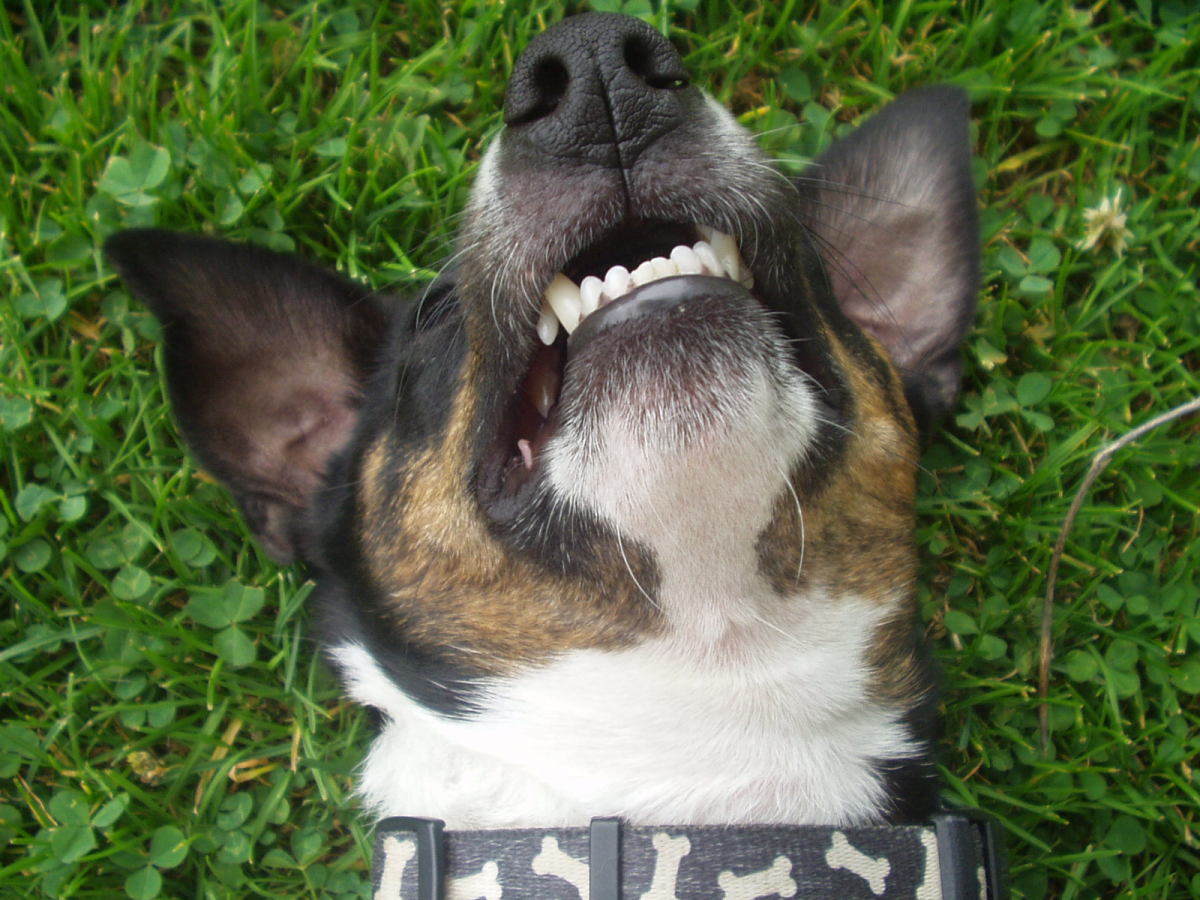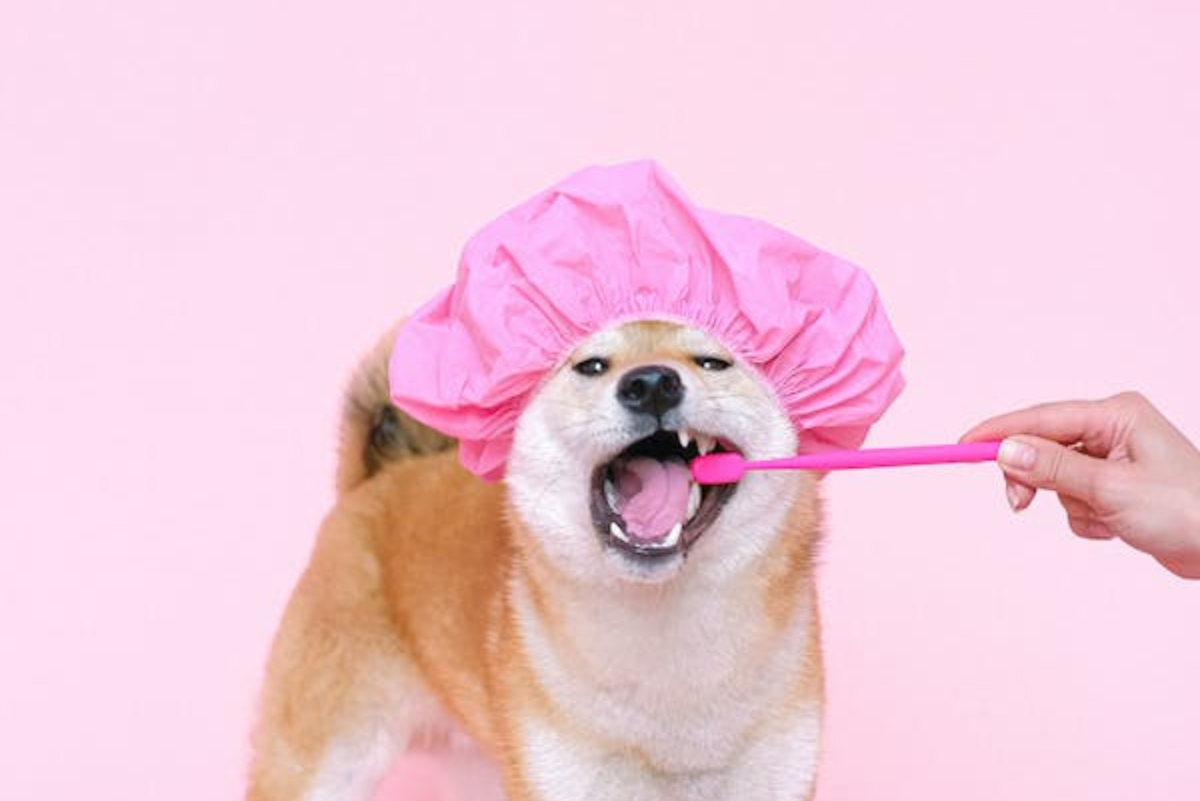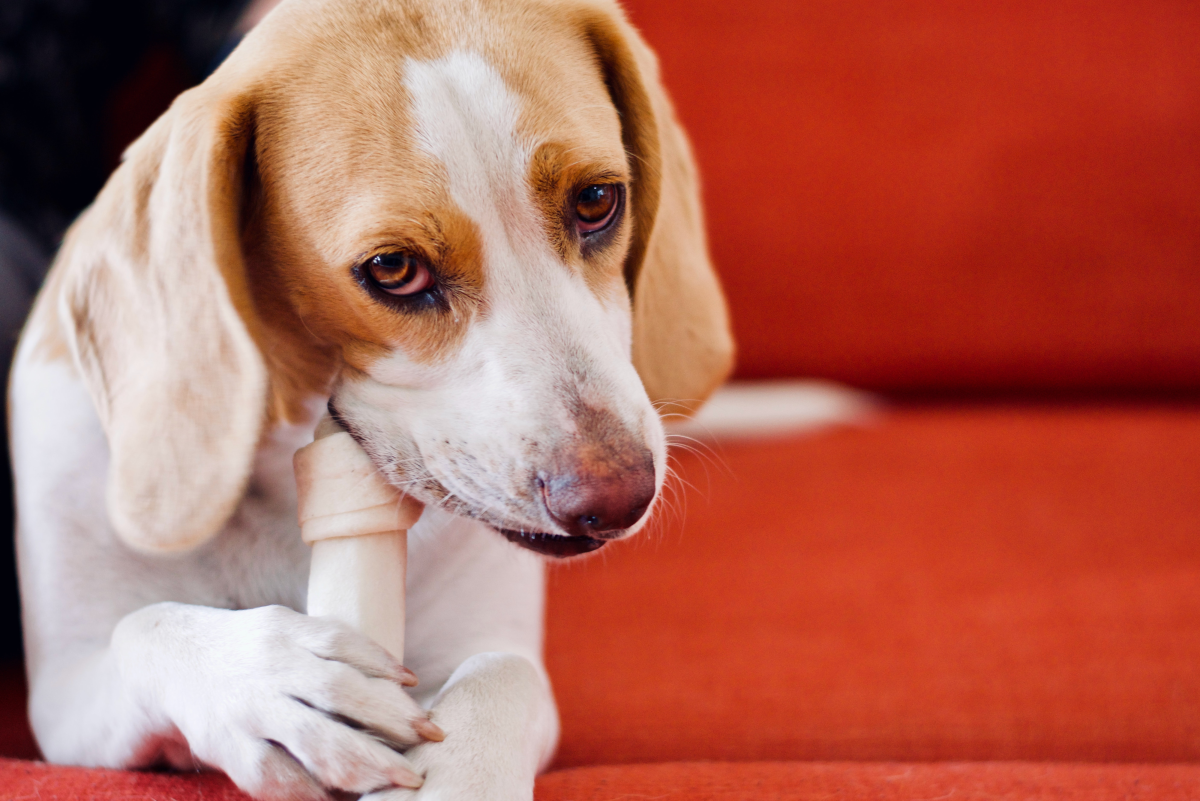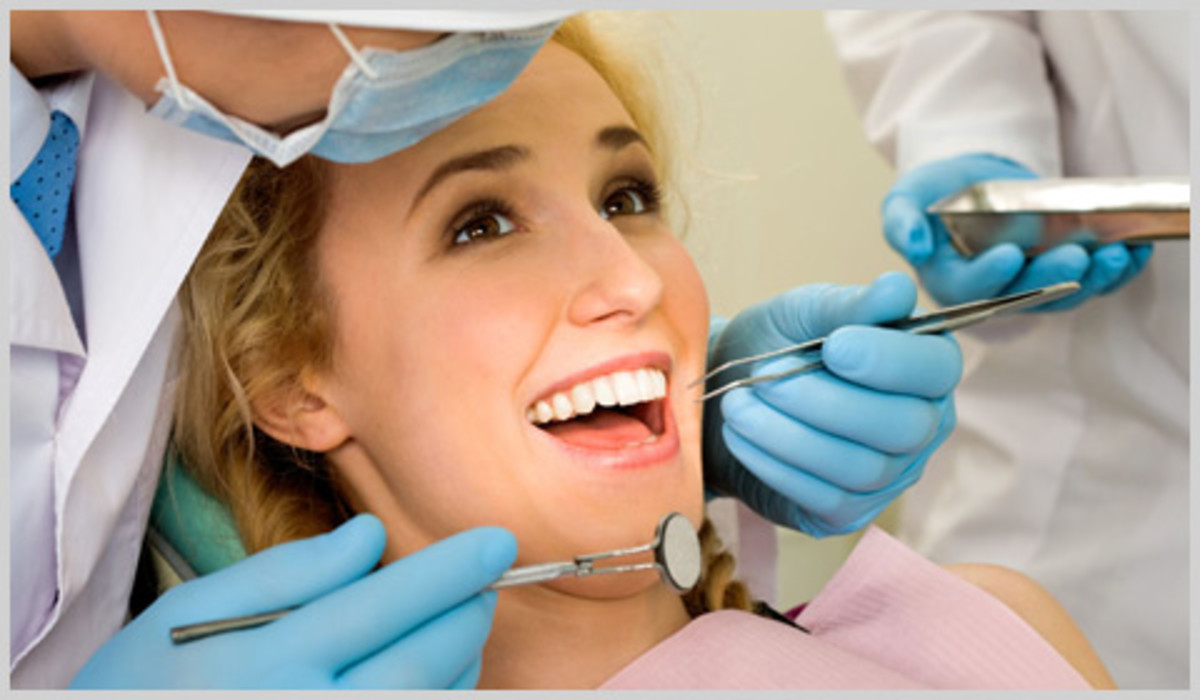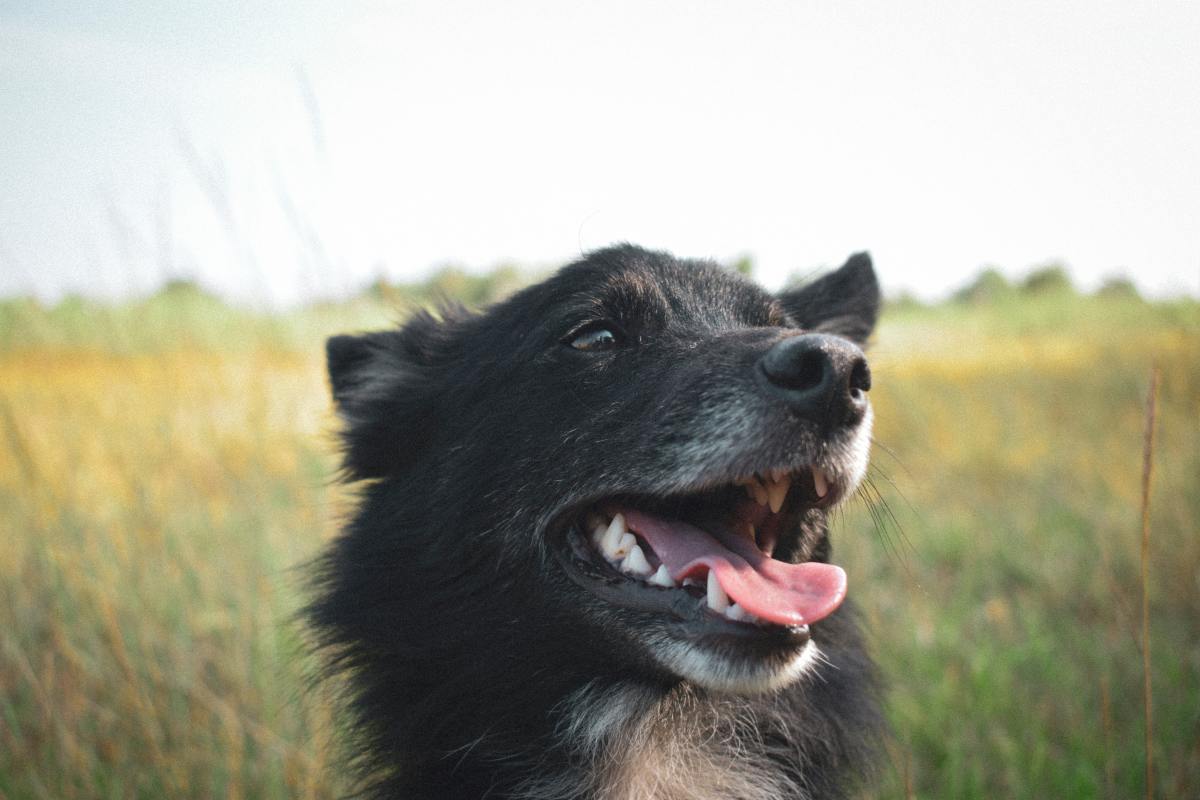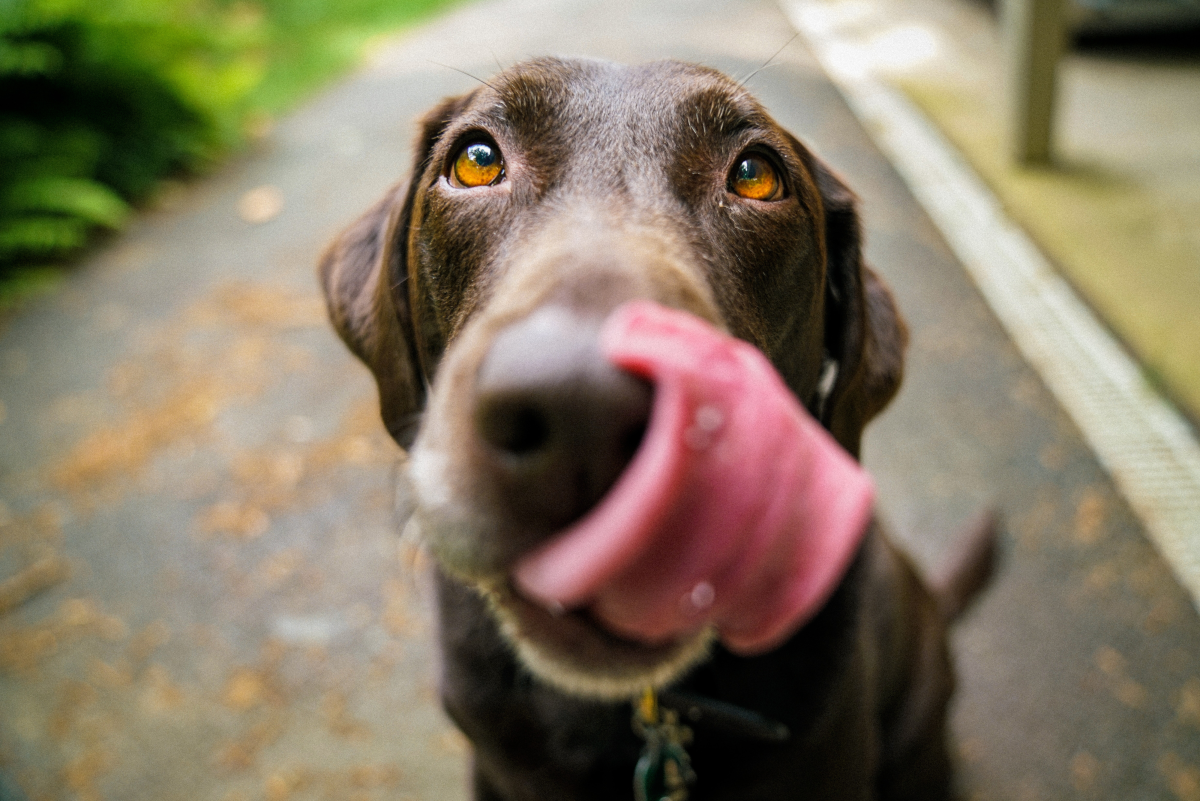- HubPages»
- Pets and Animals»
- Dogs & Dog Breeds»
- Dog Health
How to Brush Your Dog's Teeth
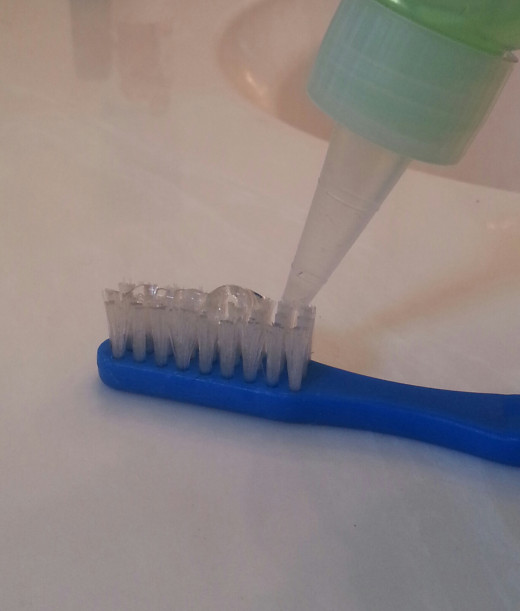
Many dog owners find it difficult to get into the routine of brushing their dog's teeth. Dental hygiene for dogs is not exactly the first thing on the minds of most dog owners. It's easiest to start early and get into a regular brushing routine when your dog is quite young. However, don't sweat it if you're a little late to the game. You can still (in most cases) train your dog to tolerate having his teeth brushed. Here is how to do it easily and painlessly, for both you and your dog.
Wondering why you should brush your dog's teeth in the first place? Read Your Dog's Dental Health
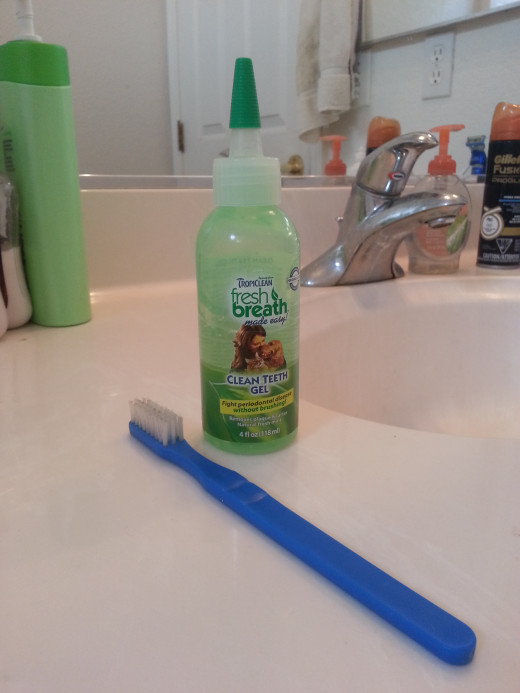
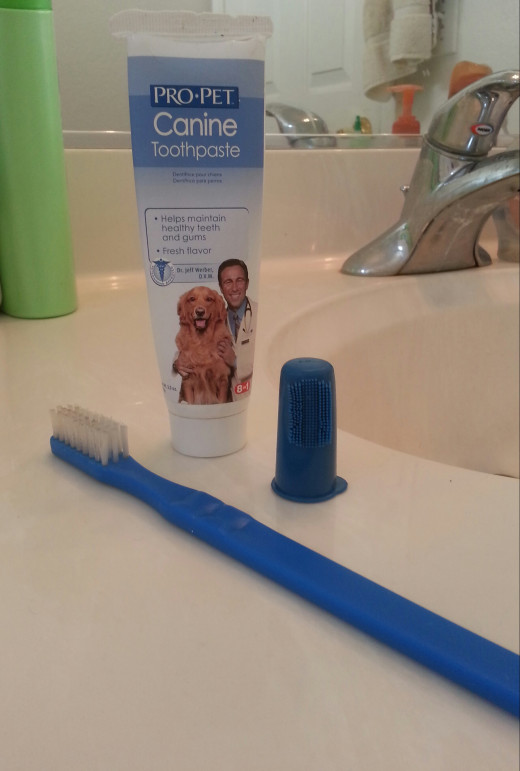
Get Your Supplies
First of all, you will need a tooth brush and some tooth paste. But be careful, you can't use just any product you find in the store! The products we use on our own teeth are not safe to use for dogs. Most of our toothbrushes are too rough, and our toothpastes contain ingredients that are not safe for your dog's consumption. Luckily, there are safe alternates you can use.
Just check out your local pet store, or the pet section in Target or Wal-Mart. Many stores carry special products that can be used for brushing your dog's teeth. Some of these products come in kits, including both toothpaste and a brush. Some kits also include extra tools, like a finger brush.
If a kit isn't what you're looking for, a children's toothbrush will do. It needs to be soft, so it doesn't damage your dog's gums. Human toothpaste is never OK, though. Any toothpaste you use on your dog is sure to be swallowed ($20 goes to the first person who can teach their dog to 'spit'!), and many of the ingredients can make him very sick!
If you're unsure of what to get, ask your vet. He or she is sure to have some solid recommendations for safe teeth cleaning products.
I personally recommend Tropiclean Fresh Breath Gel for toothpaste. It's supposed to be used as a "brush-less cleaning gel", but it works great as a toothpaste. It's the only thing I've tried so far that my dog actually likes the taste of, which makes the process a lot easier!
- Tropiclean Fresh Breath Dental Care Products for Dogs: A Review
Check this out for more information on Tropiclean dental products for pets.
How to Get Started
Whether you have a puppy and are getting an early start, or you have an older dog who needs to develop this new routine, the process is basically the same.
The key is starting slow. Chances are high that your dog will be uncomfortable with having his teeth brushed at first. Whatever you do, don't rush it. It's much easier if this process remains as stress-free as possible for your dog.
The first step is to get your dog used to having his mouth touched. Pull his lips up so his teeth are exposed, and gently run your fingers along the surface of his teeth if he'll let you. If your dog seems to have no problem with this, you're one of the lucky ones. Congratulations.
If not, though, that's OK. If he pulls away from you when you touch his mouth, let him go and try again later. Maybe next time, try putting something tasty on your finger. You might want to try using the doggie toothpaste you've chosen. If he doesn't seem to like that, though, a little peanut butter should do the trick. Let him lick the tasty paste off your finger, and make sure you offer lots of praise for allowing you to touch his mouth!
Once he's comfortable with you running your fingers along the surface of his teeth, it's time to try the same thing with the toothbrush. He might be OK with your fingers, but a funny object might be a different story. Follow the same process with the toothbrush.
*Note: each dog will move at a different pace. One dog might zip through this process in a day, while another might take weeks. It's important to respect your dog's personal comfort zone and remain patient.
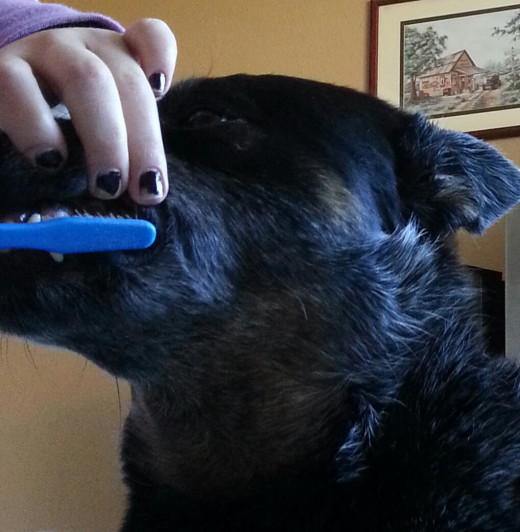
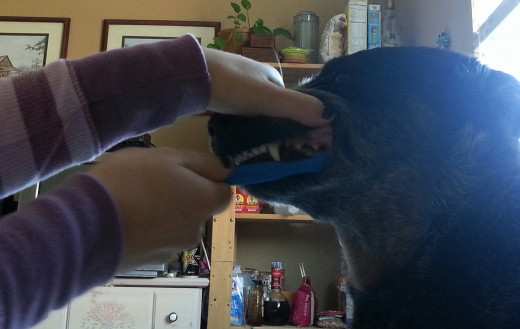
How to Brush
Once your dog is accustomed to the toothbrush, it's time to start brushing. It's a very simple task. Put a dab of the toothpaste you've chosen to use on the toothbrush. Use one hand to pull your dog's lips up so you can see his teeth. Run the toothbrush along the outside of his teeth in a straight line. Make sure you get all of his teeth, the furthest back being the most important, as those are the ones that tend to collect the most plaque buildup. Once you're done with one side, give him a little break to swallow the saliva that's accumulated in his mouth. Then move on to the other side.
Since most of the plaque and tartar builds up on the outside of a dog's teeth, you don't need to worry about brushing the inside. What little buildup does occur there is taken care of naturally by the tongue and saliva. However, you can brush the inside if you feel that it needs to be done. To get to the inside of the teeth, you'll need to coax your dog to open his mouth. My dog always makes a chewing motion while I'm brushing her teeth. While her mouth is open, I put my fingers between her teeth so she can't bite down all the way. This allows me space to get the toothbrush behind her teeth, and it gives me better access to her bottom teeth.
*Disclaimer: do this at your own risk! My dog is incredibly gentle (and relatively small). She will not bite down on my fingers. If she does bite a little too hard, I say "ouch" and she lets go. However, no matter how gentle a dog is, sticking your finger in its mouth is always dangerous. You are invading the dog's personal space and some dogs don't take well to that. Please be mindful of that when going about with this!
*Remember to offer lots of praise throughout this entire process! Your dog values your feedback, and letting him know he's doing a good job by being cooperative will ensure that this process continues to go smoothly in the future.
If you have any questions or reservations, give your vet a call. He should be happy to offer you answers and advice.
When to Brush
It's important to brush your dog's teeth regularly, just like you brush your teeth regularly. Ideally, set up a daily routine. If you just don't have the time for daily brushing, try to shoot for every other day. But it's important that you brush regularly, or it won't really work well. The plaque will have time to buildup and harbor bacteria that's hard to get rid of.
It's best to do this routine every night, before bed. Your dog will begin to expect it at that time, just like he expects food at his regular dinner time. The process will become easier and easier as time goes on. And as it becomes easier, the time needed to complete the task will decrease.
My Own Experience
I used this same method for my own dog. She was adopted at the age of eight months, and I didn't know I was supposed to be brushing her teeth until a few months after that. She was almost a year old and had never had a good teeth cleaning. Not only that, but she was an especially skittish and timid dog, so getting her used to having her teeth brushed was definitely a challenge. I did it, though, using this method. Just remember that this process usually takes a lot of patience and persistence. It will pay off when your dog finally gets used to it and learns to cooperate. If you have any questions or concerns, feel free to leave them in the comments. Good luck!


